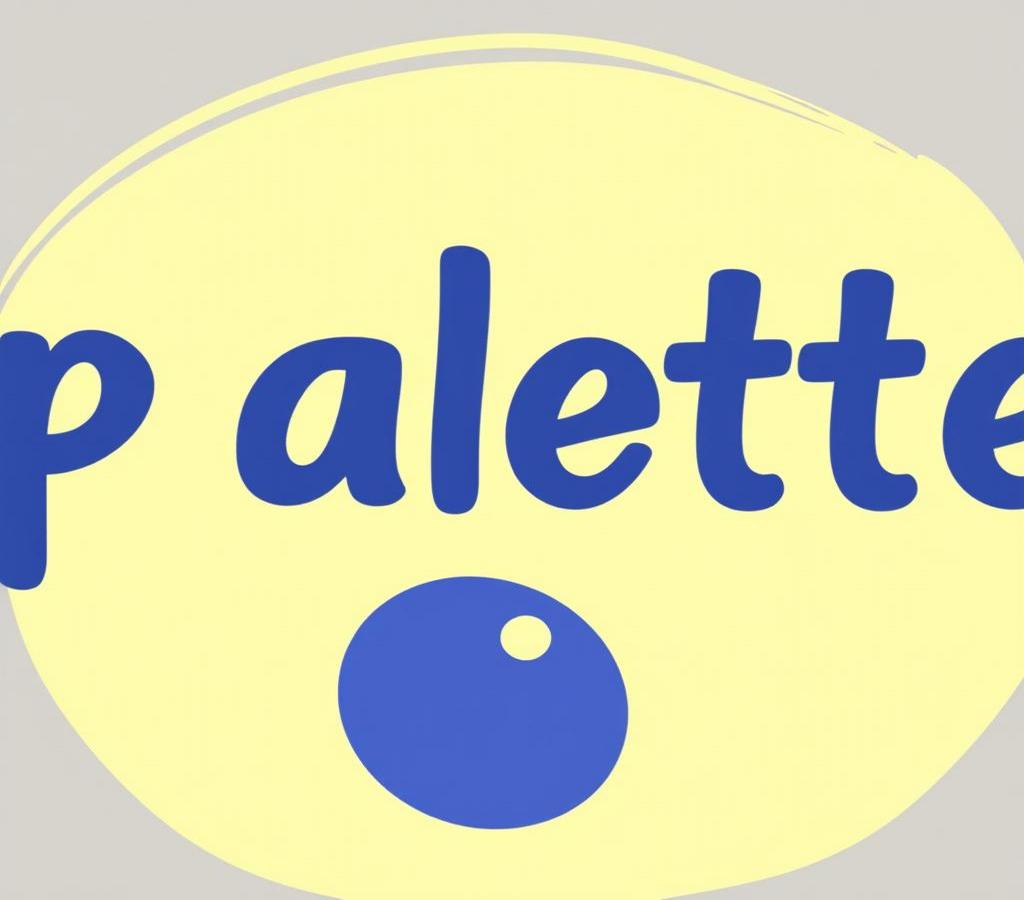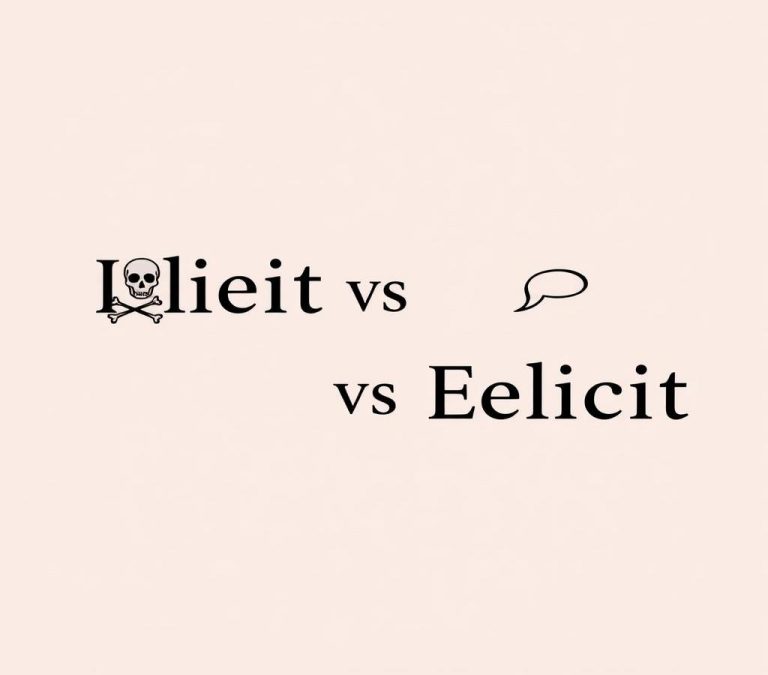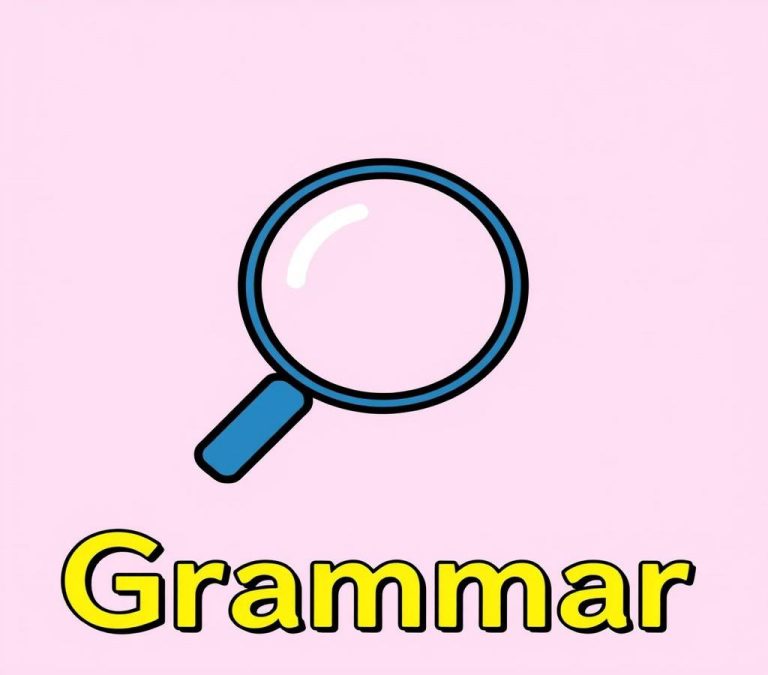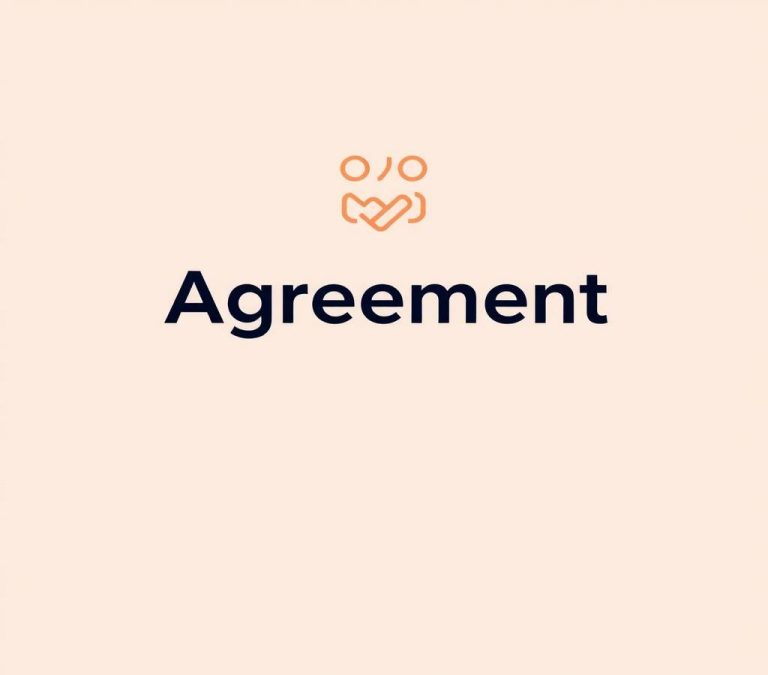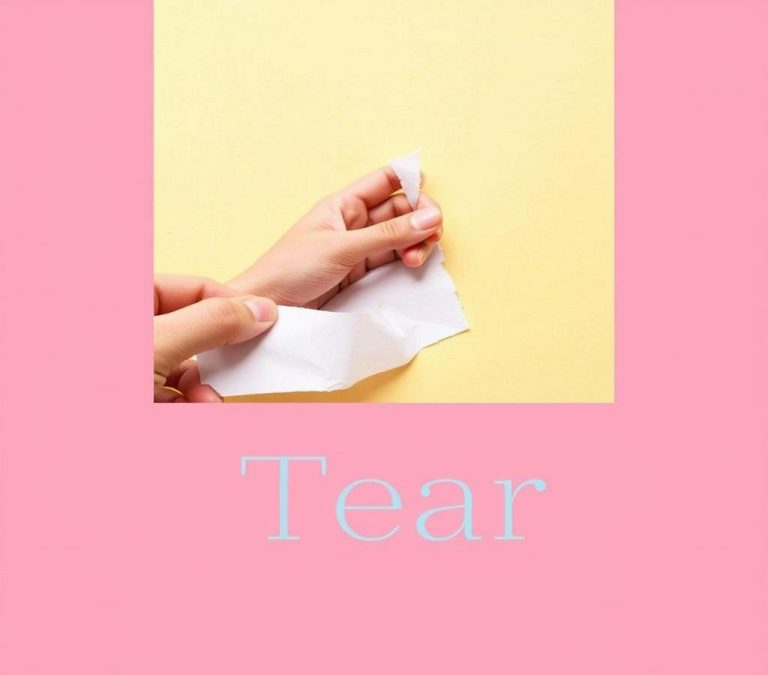Palette vs. Palette: Grammar & Usage Explained
Many people find themselves confused about the words “palette” and “pallette.” Both sound similar but have different meanings and uses. Understanding these differences is important for clear communication, especially in writing. “Palette” often relates to colors used by artists, while “pallette” is less common and often incorrect. This article will explore the correct usage of these words, helping to avoid common mistakes. Clear language helps in both formal writing and casual conversation, making it essential to know which word fits the context.
Quick Answer
In a nutshell:
Pallette refers to a platform used to carry goods, like a wooden crate.
Palette refers to a flat plate used by artists to mix colors, or a range of colors used in design.
Why There is Confusion
The words “palette” and “pallette” often confuse people due to their similar pronunciation and spelling. The confusion can be attributed to the fact that English, as a language, borrows words from various languages, like Latin, French, and even Greek. Words with similar sounds but different meanings can create uncertainty, especially when spellings are so close. Homophones and near-homophones are common sources of confusion for both native speakers and learners. Even though “palette” and “pallette” sound similar, their meanings and usages are distinct. This article aims to clarify these distinctions, helping readers use the right word appropriately in both spoken and written communications.
What does Palette Mean?
The word “palette” refers to a flat surface on which an artist arranges and mixes paints. Typically made from wood, glass, or plastic, palettes have thumb holes that allow painters to hold them comfortably while working. Beyond the physical object, “palette” also describes the range of colors used in a particular work of art or favored by an artist. In broader contexts, the term can also refer to any range of elements, such as flavors or musical notes, signifying a variety of choices or components available for a particular purpose.
What does Pallette Mean?
One might be surprised to learn that “pallette” is not, in fact, a recognized word in the English language. Unlike “palette,” which has clear definitions and applications, “pallette” often appears due to typographical errors or misinterpretations of “palette.” In some cases, people mistakenly believe that “pallette” is a variant spelling or has a specific meaning when it actually does not have a standing definition of its own. This oversight highlights the importance of careful spelling and word choice in effective communication.
Differences between Pallette and Palette
In Parts of Speech
“Palette” is a noun. In sentences, it functions to name something specific, generally an artist’s tool or a selection that figuratively pertains to a range of choices. Since “pallette” is not an established word, it doesn’t hold any grammatical function and should not be used as a part of speech in standard English.
In Meaning and Usage
The meaning and usage of “palette” center on art and selections in a broader sense, while “pallette” lacks any meaning or usage due to its incorrect status in English. When referring to colors in painting, makeup choices, or even any assembly of options, “palette” is the appropriate term. Mistaken use of “pallette” could lead to misunderstandings and represents an error rather than an alternative spelling.
In Industry-Specific Contexts
In artistic industries, the term “palette” carries significant weight. Artists refer to their color choices and mixes through this word, making it a staple in the vocabulary of painters, graphic designers, makeup artists, and interior decorators. The term also finds its place in digital media, where software programs use “palettes” to describe tools for arranging colors and elements. “Pallette,” on the other hand, holds no recognized place in any specific industry, affirming that reliance on this term can lead to miscommunication and errors in professional settings.
Synonyms
Synonyms for “palette” refer to its meanings related to color and selection. While no single word replaces “palette” directly, here are terms that relate to its definitions:
- Color Chart
- Color Scheme
- Range
- Selection
- Spectrum
- Set of Colors
Since “pallette” does not hold any meaning, it does not have synonyms that can correctly substitute for its intended or presumed usage.
Synonyms of Pallette and Palette
For “palette,” several alternatives can be utilized when the context is specific to art or selection:
- Paint Box (in reference to physical containers)
- Tint Set
- Paintboard
- Assortment (in a more general sense)
It’s crucial to understand that these synonyms should be carefully chosen based on the context, as each may highlight different nuances of “palette.” Similarly, “pallette” has no synonyms because it doesn’t officially exist as a word with defined meaning.
Examples of Usage
To further illustrate the correct application of “palette,” consider these example sentences:
- The artist spent hours mixing oils on her wooden palette, achieving the perfect shade for her landscape.
- The designer offered a vibrant palette of colors for the new website interface.
- For her upcoming collection, the fashion designer was inspired by a palette of autumn hues.
As for “pallette,” due to its non-existent status as a recognized English word, it does not appear in valid usage examples. Instead, concentrate on ensuring “palette” is used aptly wherever applicable.
Conclusion
Understanding the distinction between “palette” and “pallette” eliminates confusion and enhances communication effectiveness. “Palette” possesses a clear and established position in the English language, specifically related to art and the broader idea of selection. In contrast, “pallette” is often an erroneous spelling without meaning or application. Careful attention to spelling and comprehension of word meanings aids in clearer, more precise communication. Whether you are a student, writer, artist, or professional in any other field, recognizing such nuances helps convey your intended message accurately and professionally.

